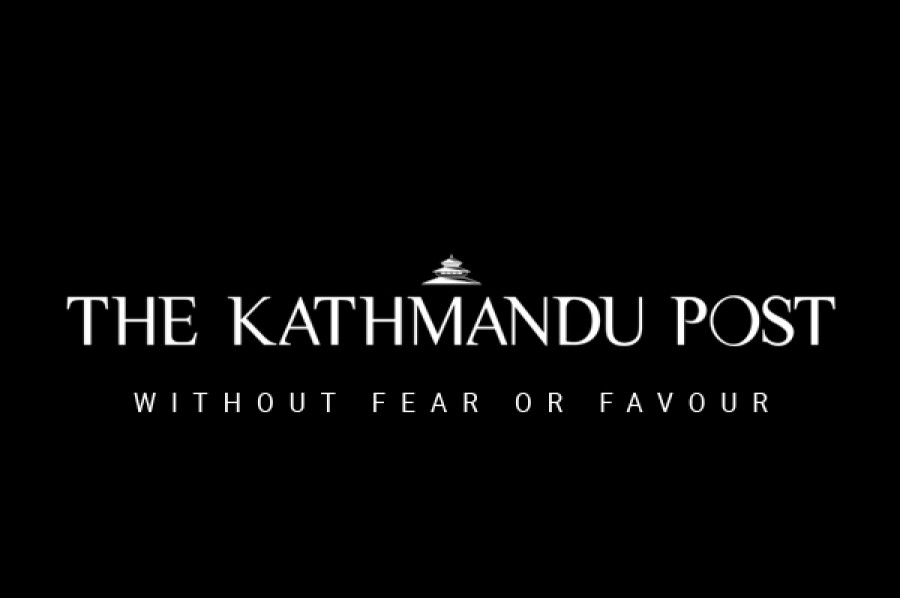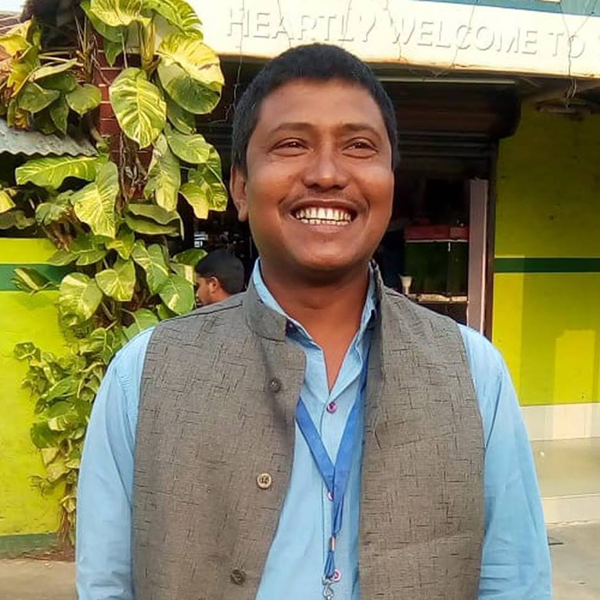Miscellaneous
What lies at the heart of Tharus’ stir
The indigenous Tharus have been on the warpath for the past two weeks demanding a Tharuhat province comprising areas where they have sizeable populations.
Janak Nepal & Thakur Singh Tharu
The indigenous Tharus have been on the warpath for the past two weeks demanding a Tharuhat province comprising areas where they have sizeable populations.
The main demand of the Tharuhat movement is to shift Kailali and Kanchanpur districts, where a majority of the residents are Tharus, from the proposed State 5 to State 7.
The six-state federal structure agreed to initially by the four parties triggered separate protests in Tharu strongholds and Bheri-Karnali. Three major parties on Friday addressed the concerns of the Karnali people in the seven-state model but the Tharu demand remains unmet.
“We expected the political parties to respond to the Tharuhat movement too. We have no demand that cannot be met. We only want a state,” said Ganesh Tharu, Banke chairman of Tharu Kalyankari Sabha.
The indefinite banda enforced by the Tharus has been consolidated by a separate shutdown called by the Samyukta Loktantrik Madhesi Morcha in the Tarai. While the protracted banda has hit people hard, it also threatens racial harmony in the region. “We are conscious not to disturb racial harmony. We are committed to peaceful protests,” said Tharu.
State 5 includes ‘clusters’ of two ethnic groups of the Hills and the Tarai—Magars and Tharus. Each indigenous group constitutes about 15 percent of the total population of the state. The Magars want a Magarat state including other Hill districts while the Tharus want Kailali and Kanchanpur in their province.
The inclusion of Kailali in State 7 upsets the Tharus. According to Census 2011, Tharus number 322,000 in Kailali where the total population is 775,000. In Kanchanpur, 72,000 of the 451,000 people are Tharus.
“The major dissatisfaction is the inclusion of Kailali and Kanchanpur in a Hills people-dominated state,” said Balkumar Chaudhary, associate professor of political science at Tikapur Multiple Campus. In April-May 2012, during the last days of the first Constituent Assembly, the far-western Tarai was embroiled in violent protests between the supporters of Tharuhat and the Undivided Far West.
Gopal Dahit, a lawmaker with the Tharuhat Tarai Party, said the state had ignored the Tharu community completely by addressing the demands only of the Undivided Far-West campaigners. “One movement was given due importance while the other is disregarded. The state should be restructured in a way where both the movements win,” said Dahit.
Even the leaders of the Tharuhat movement are not very optimistic about the inclusion of the whole Kailali and Kanchanpur districts in State 5. In the run up to the seven-state deal, Madhesi Janadhikar Forum-Loktantrik Chairman Bijaya Kumar Gachhadar had proposed including Kailali in State 5 and Kanchanpur in State 7. He walked away after the Nepali Congress, CPN-UML and the UCPN (Maoist) stood against his proposal.
Political scientist Janardan Acharya says the Tharuhat movement could be addressed by including some constituencies of Kailali in State 5 or giving special reservations and priority rights to dominant indigenous groups.
Tharu historian Dinesh Shrestha said the Tharu people first settled in the area before 1860. They owned more than 90 percent of the land in western Tarai district until about 100 years ago.




 5.47°C Kathmandu
5.47°C Kathmandu











